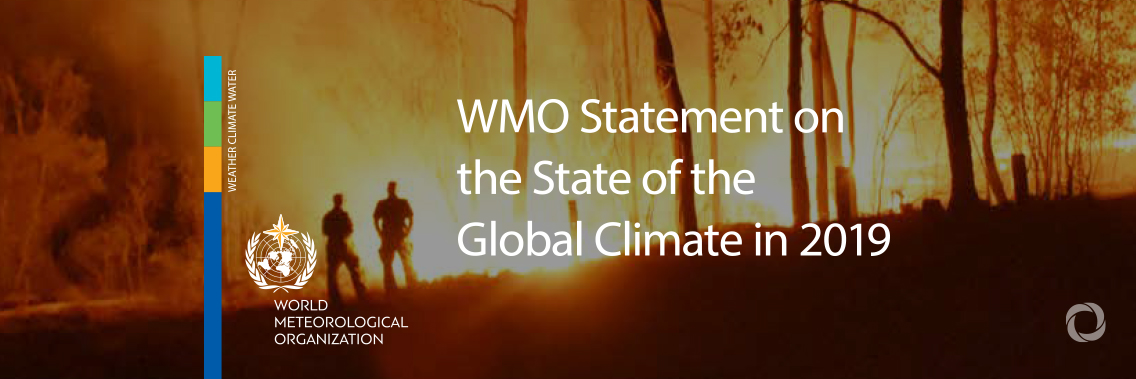The tell-tale physical signs of climate change such as increasing land and ocean heat, accelerating sea-level rise and melting ice are highlighted in a new report compiled by the World Meteorological Organization and an extensive network of partners.
It documents impacts of weather and climate events on socio-economic development, human health, migration and displacement, food security and land and marine ecosystems.
The WMO Statement on the State of the Global Climate in 2019 includes input from national meteorological and hydrological services, leading international experts, scientific institutions and United Nations agencies. The flagship report provides authoritative information for policymakers on the need for Climate Action.
The report confirms information in a provisional statement issued at the UN Climate Change Conference in December that 2019 was the second warmest year in the instrumental record. 2015-2019 are the five warmest years on record, and 2010-2019 the warmest decade on record. Since the 1980s, each successive decade has been warmer than any preceding decade since 1850.
“Given that greenhouse gas levels continue to increase, the warming will continue. A recent decadal forecast indicates that a new annual global temperature record is likely in the next five years. It is a matter of time,” said WMO Secretary-General Taalas.
Read and download the report: WMO Statement on the State of the Global Climate in 2019.
Original source: WMO
Published on 10 March 2020

